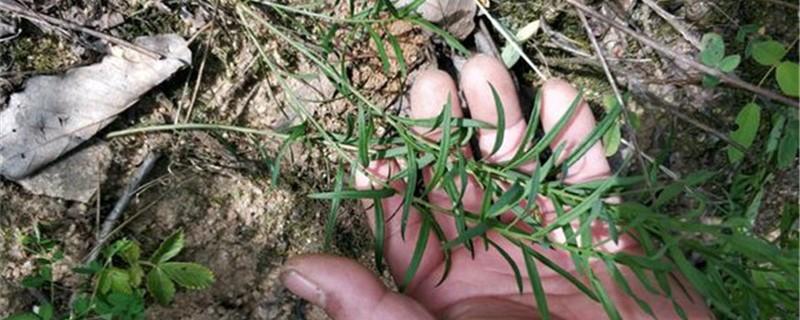Breeding methods and precautions for Phnom Penh Daphne
Last Update :2024.11.13
Article Catalog
Soil: relatively loose, fertile, acidic soil with decaying humus. Moisture: The general watering cycle is 10 to 15 days. Fertilization: Phnom Penh Daphne likes fertilizer. During the growth period, pour thin liquid fertilizer once every 10 days. Light: Phnom Penh Daphne likes a semi-shady environment. It can be maintained in the sun normally in winter and spring, and in a well-ventilated shade place in summer.

soil
Soil
Potted daphne has relatively loose requirements for potting soil. It is necessary to choose acidic soil with fertile and decayed humus, and move a small amount of river sand and decomposed soil into it. cake fertilizer.
Of course, a small amount of river sand or large gravel can be added to the soil dug directly from the outdoors.

Water and Fertilizer
The roots of Daphne Phnom Penh are fleshy. In normal maintenance, you should pay attention to controlling watering. If you water too much, the pot soil will be too wet for a long time, and the roots will easily rot. The general watering cycle is 10 to 15 days. Depending on the weather conditions, the cycle may be shortened or lengthened appropriately.
Phnom Penh Daphne likes fertilizer. During the growth period, water thin liquid fertilizer once every 10 days. Top dressing should also be done before and after flowering, and choose thin cake fertilizer and water.

Light temperature
< /p>
Phnom Penh Daphne likes a semi-shady environment. In winter and spring, it can be maintained in the sun normally and given sufficient light. In summer, Phnom Penh Daphne should be placed in a well-ventilated and cool place. When it is hot, water should be sprayed in time.
Phnom Penh Daphne is not cold-tolerant and must be moved indoors for the winter. After the frost, move it indoors to a sunny place, keep the temperature above 5°C, and keep the pot soil dry to survive the winter safely.

Pruning method
< /p>
Phnom Penh Daphne has a strong germination ability and is resistant to pruning. In order to control the plant shape, timely topping is required to promote branching. After the flowers fade, prune according to the plant shape, cut off dead leaves, remove diseased and thin branches, and enhance the light transmittance of the plant.

Notes
< /p>
Phnom Penh Daphne is usually repotted once every two years, in early spring before the flower buds germinate. Repotting is to remove the outer layer of soil from the roots and add new culture soil. After planting, water it thoroughly and place it in a cool place to dry for 10 to 15 days, and then perform normal maintenance.
Common pests of Daphne in Phnom Penh include aphids and scale insects. When pests are found, they must be prevented and controlled in time.
Water and fertilizer
light temperature
pruning method
Precautions
- END -
Silver Emperor breeding methods and precautions

Cultivation soil: It is best to use garden soil or humus soil. Moisture: It likes ...
Breeding methods and precautions for basil grass

Soil: Basilica likes to live in fertile, sandy soil, which is conducive to its gro...